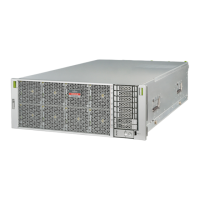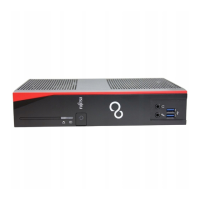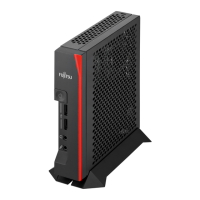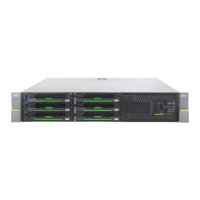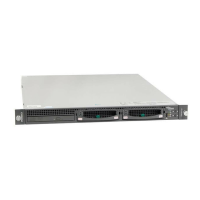Chapter 3 Information About Software 93
2. Use the setroute(8) command to specify the routing environment for a network
interface.
Updates of the SPARC Enterprise
M3000/M4000/M5000/M8000/M9000 Servers
XSCF Reference Manual
The following information supersedes the information in the SPARC Enterprise
M3000/M4000/M5000/M8000/M9000 Servers XSCF Reference Manual.
forcerebootxscf(8) Command
<Example 1> Add routing with Destination 192.168.11.0 and Netmask
255.255.255.0 to XSCF-LAN#0 in the XSCFU#0.
XSCF> setroute -c add -n 192.168.11.0 -m 255.255.255.0 xscf#0-lan#0
<Example 2> Add routing with the default Gateway 10.12.108.1 to
XSCF-LAN#1 in the XSCFU#0.
XSCF> setroute -c add -n 0.0.0.0 -g 10.12.108.1 xscf#0-lan#1
<Example 3> Delete routing with destination 192.168.11.0 and
netmask 255.255.255.0 to XSCF-LAN#0 in the XSCFU#0.
XSCF> setroute -c del -n 192.168.11.0 -m 255.255.255.0 xscf#0-lan#0
NAME
forcerebootxscf - resets XSCF forcibly
SYNOPSIS
forcerebootxscf
forcerebootxscf -h
DESCRIPTION
The forcerebootxscf(8) command resets the XSCF forcibly.
The command registers an error log and resets XSCF forcibly when the
rebootxscf(8) command cannot respond for a firmware error after
logging in XSCF.
When the forcerebootxscf(8) command is executed in the system
with the dual XSCF configuration, only the XSCF, on which the
command has been executed, will be reset. When the active XSCF is reset,
the other XSCF becomes active.
Privileges
You must have platadm or fieldeng privilege to run this command.
Refer to setprivileges(8) for more information.
OPTIONS
The following option is supported:
-h Displays usage statement.
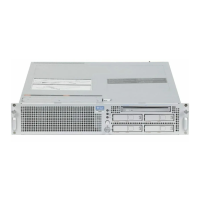
